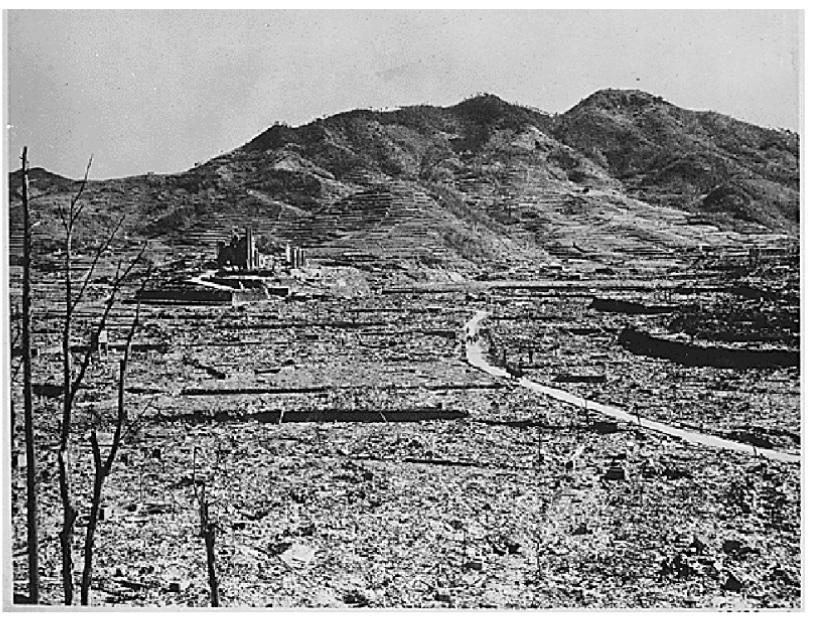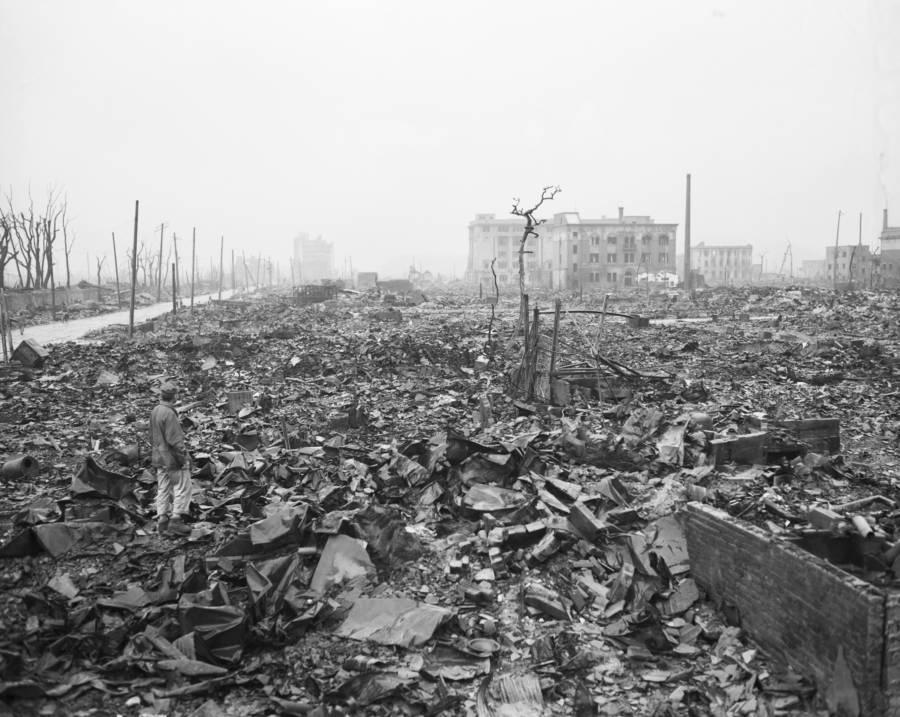Mason
En-Route
- Joined
- Jan 6, 2010
- Messages
- 2,673
- Location
- Moved from SOCAL back to Iowa.
- Display Name
Display name:
Mase
It sure doesn't look that way in Gaza...The paradox is that wars, in real practice, have become less destructive for infrastructure since about 1945, and drastically so since 1975.


